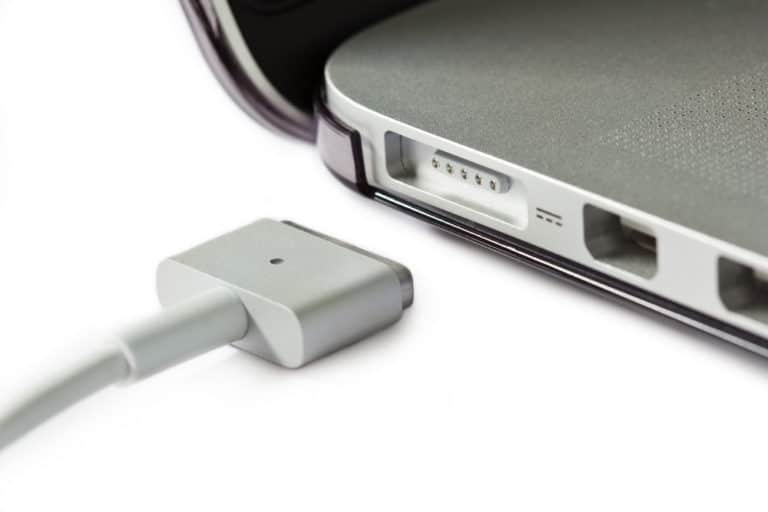Apple is rumoured to be developing a lighter and thinner version of the MacBook Air. The company is said to be incorporating requests from its users into the design process.
Bloomberg writes that the new laptop will be equipped with a MagSafe connector and a new generation of Apple Silicon processors. Furthermore, the size of the device is said to become smaller. By using thinner bezels around the screen, the screen could remain the same size. The current MacBook Air has a screen diagonal of 13 inches. The laptop will also be equipped with two USB4 ports.
The return of MagSafe
The return to MagSafe is remarkable. For years, Apple used a magnetic connector for the power cable of its laptops, which would easily detach if someone tripped over the cable. This prevented damage to the laptop and the power cable. A few years ago, however, the company moved away from MagSafe so it could integrate USB-C into its laptops. This allowed the company to combine power and external devices into the same port, but did away with the MagSafe option.
What shape the new MagSafe connector would take is not known. It is possible that the company has a similar idea in mind to the MagSafe technology incorporated in the iPhone 12. This consists of a normal conductor for wireless charging, accompanied by an additional ring magnet that ensures the iPhone and charger are perfectly aligned.
New MacBook Pro
Apple is also said to be working on new versions of the MacBook Pro, according to Bloomberg. The laptop will come in models with 14- and 16-inch screens and would bring back the SD card slot. Furthermore, the touch bar would disappear and a MagSafe connection would also be available for this laptop. A new iMac also appears to be in the works.
Apple Silicon M1
At the end of 2020, Apple announced its first computers with the new Apple Silicon M1 processor. Unlike the Intel processors that the company has used for the past 15 years, the laptops are not based on the x86 architecture, but on Arm. These new processors perform slightly better than comparable Intel processors but are mostly much more power-efficient. Developers who want to get the best performance out of the new Arm processors have to adapt all Mac applications. However, software that has not been adapted will also work fine via the Rosetta emulation software, albeit with a small performance loss.
